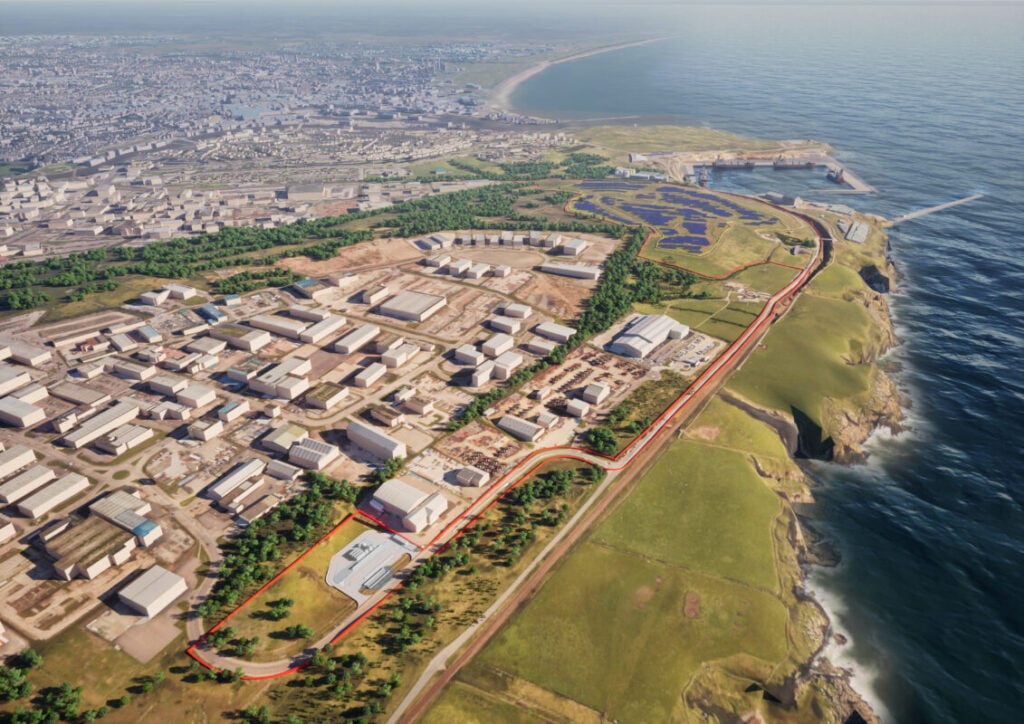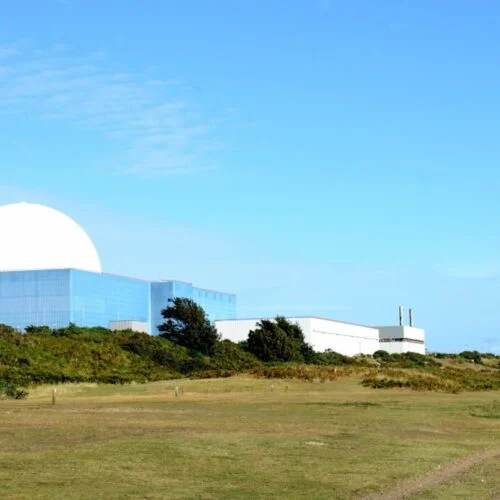The UK government has announced a £500 million funding package for developing hydrogen infrastructure as part of the broader Plan for Change package.
The funding, detailed in the government’s Spending Review 2025, will be used to create the UK’s first regional hydrogen transport and storage network. This network will connect hydrogen producers with end users, including power stations and industry, for the first time.
This could be a welcome boost for the UK’s hydrogen industry. A recent report penned by the Hydrogen Energy Association emphasised the need to couple hydrogen producers with off-takers to reduce the cost of transportation, which often results in an uptick in hydrogen costs.
The topic of hydrogen costs, specifically green, is set to be a major discussion point at our publisher, Solar Media’s, upcoming Green Hydrogen Summit UK, which takes place on 1-2 July in London.
On day two of the event, Urbano Troncoso Pérez, executive director of structured finance at Santander, will discuss how to make hydrogen economically competitive, including using policy support mechanisms.
The government’s announcement also said the infrastructure boost will help deliver clean energy while creating thousands of skilled jobs in industrial regions such as Merseyside, Teesside and the Humber, and the supply chain.
It will also enable hydrogen to be used to decarbonise industrial sectors, including refineries and heavy transport, while providing long-term energy storage that can be deployed during peak demand periods. This includes use cases such as salt cavern storage.
Ed Miliband, the UK energy secretary, noted the potential of hydrogen within the UK’s industrial heartlands and the potential job opportunities investment could unlock.
“We are investing over half a billion pounds in our industrial heartlands to deliver jobs and energy security for Britain. By building hydrogen networks, we are securing homegrown energy that will power British industry for generations to come,” Miliband said.
The UK’s green hydrogen prospects
Hydrogen has been touted as a vital resource in the nation’s decarbonisation, with a legislated target to secure 5GW of green hydrogen production and 10GW of low-carbon hydrogen (also known as blue hydrogen) by 2030.
The clean energy carrier can be used in various sectors, including transportation through hydrogen-powered internal combustion engines (ICEs) and fuel cells, energy storage, and, perhaps, its most likely role, decarbonising hard-to-abate sectors such as the steel industry.
Despite the technology’s potential and a surge of interest earlier this decade, the market has struggled to develop. Experts point to a lack of investment as a primary reason for the global sector’s failure to achieve its intended position. This can be seen in Australia, where Origin Energy, one of the major energy companies in the country, exited the hydrogen industry altogether last year.
However, the report from the UK’s Hydrogen Energy Association presented opportunities to “smooth the path” for the hydrogen market in the future.
One of the report’s primary recommendations was that the UK government take inspiration from the European Union (EU) and how it is helping to attract early investment in its budding hydrogen sector.
The economic bloc has set lofty targets for hydrogen production. The EU aims to produce 10 million tonnes of hydrogen domestically and import a further 10 million tonnes by 2030. This import target could provide the UK hydrogen industry with an economic opportunity to become a key supplier of green hydrogen to the continent.
More specifically, the EU has introduced several support mechanisms and frameworks to incentivise investment within the member states.
Under the Renewable Energy Directive II (REDII), the EU has established targets to increase the use of green hydrogen in industry and transport. By 2030, up to 42% of all hydrogen used in industry must come from Renewable Fuels of Biological Origin (RFNBOs), which will increase to 60% by 2035.
The organisation believes a similar approach should be adopted in the UK, claiming the scheme has sent a “clear incentive to increase the share of green hydrogen in heavy industry to avoid penalties” and has triggered a surge in hydrogen demand.






